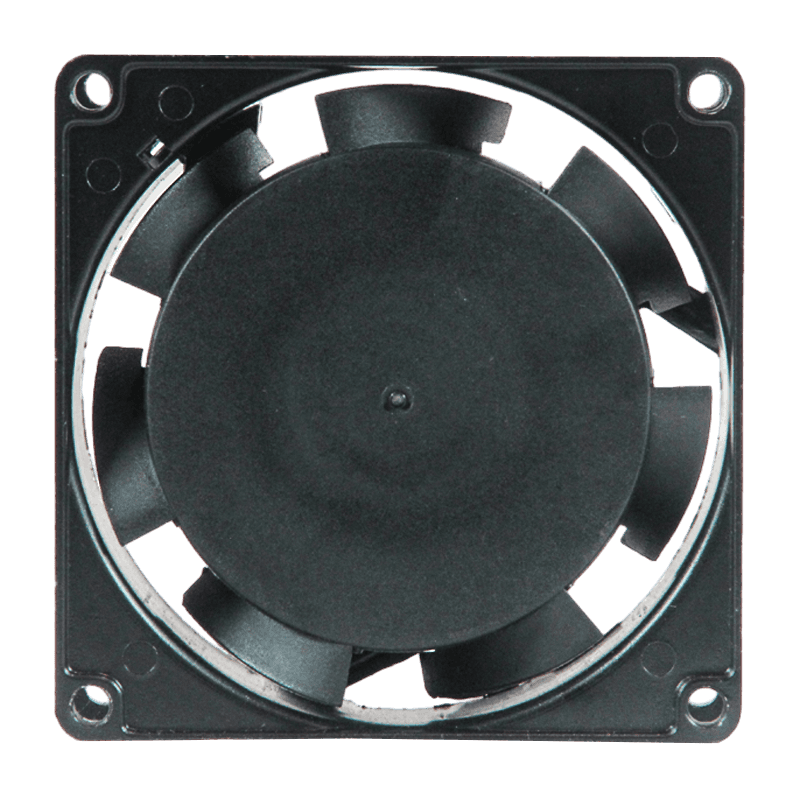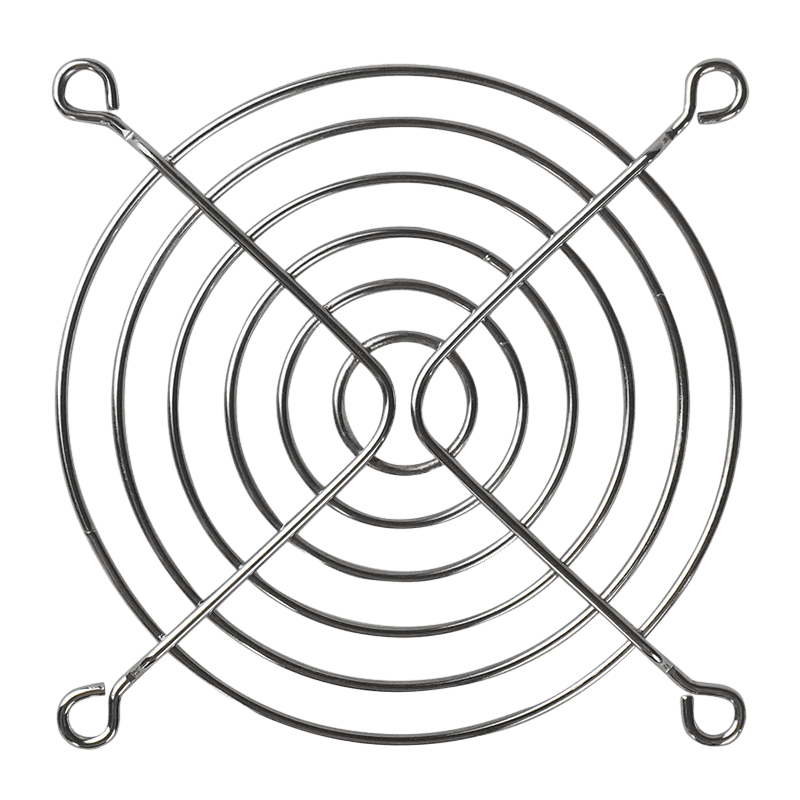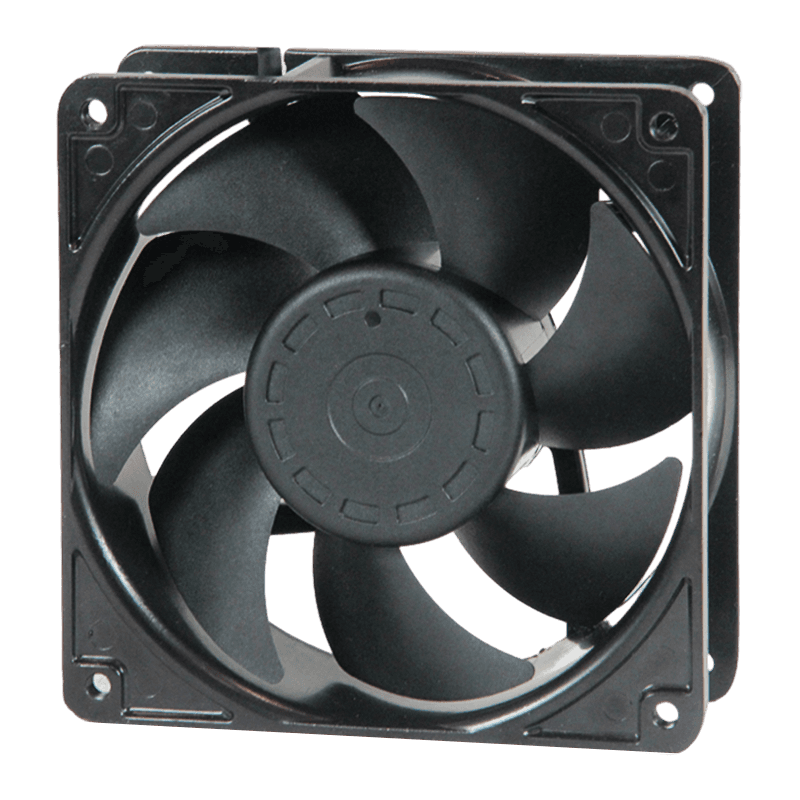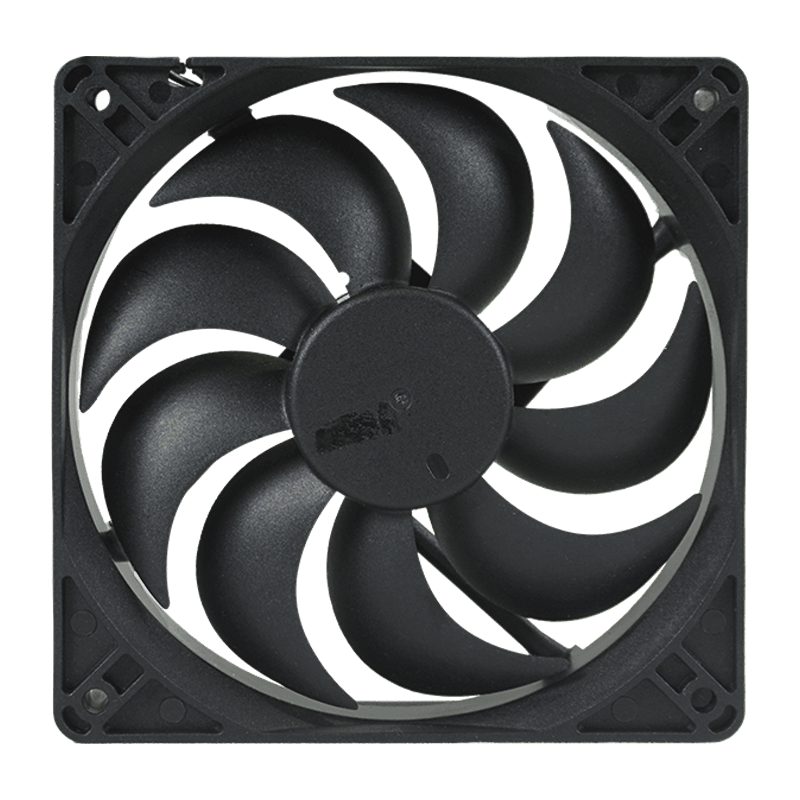In the early stages, axial fans factory were primarily used in industrial settings such as factories and power plants. The design was simple: a motor with a rotating shaft, to which a set of blades was attached. These fans were large, heavy, and constructed from steel or cast iron. Their primary goal was to push air through large spaces or systems without much emphasis on noise, efficiency, or compactness.

Blade shapes were basic and often hand-fabricated. Little consideration was given to aerodynamics, and control systems were manual or absent. Maintenance was frequent due to mechanical wear, and operational costs were high due to energy inefficiency.
One of the notable changes in axial fan development has been the introduction of advanced materials. Early metal constructions gave way to lightweight aluminum alloys and, later, to high-performance plastics and composites.
Aluminum: Offered reduced weight and corrosion resistance, making fans easier to handle and more durable.
Thermoplastics and composites: Allowed for the mass production of precision-molded blades, offering improved aerodynamic performance and noise reduction.
Corrosion-resistant coatings: Became common for fans used in humid or chemically exposed environments.
The shift in materials has not only improved durability but has also allowed for more complex and efficient blade designs.
Modern axial fans feature highly engineered blades optimized for both performance and efficiency. Using computational fluid dynamics (CFD) and wind tunnel testing, engineers have been able to develop blade profiles that reduce drag, minimize turbulence, and improve airflow direction.
Twisted blade geometry: Helps in maintaining consistent air velocity along the blade span.
Airfoil-shaped blades: Provide improved lift-to-drag ratio, enhancing efficiency.
Winglet tips or serrated edges: Help in noise reduction and reduce energy loss due to airflow separation.
These aerodynamic improvements have allowed axial fans to deliver more airflow with less energy, making them suitable for energy-conscious applications such as data centers, electronics cooling, and green building systems.
Another major development is the improvement in motor technology. Early axial fans used standard AC induction motors, which were often oversized and consumed more energy than necessary.
Modern fans now feature:
Electronically commutated (EC) motors: These motors are compact, efficient, and offer variable speed control, which allows for dynamic adjustment based on real-time cooling or ventilation needs.
Brushless DC motors: Found in smaller axial fans, such as those in electronics, these offer quiet operation and high durability.
Energy-efficient AC motors: Compliant with global energy standards, these motors have reduced operating costs and longer service life.
The integration of advanced motor control systems has led to significant energy savings and improved user control.
In recent years, axial fans have been integrated into smart systems, especially in commercial and industrial HVAC settings. Fans now feature built-in sensors and communication interfaces, allowing them to:
Monitor airflow, temperature, and humidity
Adjust speed automatically based on demand
Report operational status or maintenance needs via digital platforms
This shift aligns with broader trends in building automation and Industry 4.0, where fans are no longer standalone units but part of an intelligent, responsive system.
Noise reduction has become a significant focus, especially in applications such as residential ventilation, office cooling, and electronic device fans. Innovations in blade design, motor technology, and mounting systems have reduced vibration and airflow noise.
Additionally, manufacturers are now paying more attention to sustainability. This includes:
Using recyclable materials
Complying with RoHS and other environmental regulations
Designing fans for longer life cycles and easy maintenance

 English
English 中文简体
中文简体 عربى
عربى






